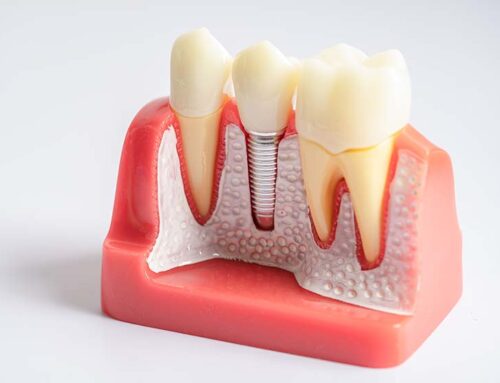Types of fillings used today; Amalgam Fillers, Composite Fillers and Porcelain (inlay – onley) Fillers. The same filling for everyone and each tooth may not fit. Factors such as the patient’s allergies, the position of the tooth and the size of the cavities determine the type of filling to be applied.
Amalgam Fillings
Amalgam fillings made of mercury, silver, tin and copper mixes are cheap fillers, especially those used in the back teeth, resistant to pressure and chewing. However, in recent years they are increasingly used less. It’s not aesthetically pleasing, so it isn’t a good choice in a tooth that’s highly visible. The patient may also be allergic to mercury. In addition, research on the negative effects of mercury on human health leads dentists to other alternative of the fillings. In addition, amalgam fillings are not fully integrated with the teeth and it can damage the healthy areas of the tooth.
Composite Fillings
Since it is white, and blue light is used for its hardening, composite fillings, called “white fillings” and “laser fillings”, consist of a plastic mixture with silicon dioxide particles. In terms of durability and aesthetic, it can be used both in front and back teeth. For inlays, you may need to visit twice your dentist, but usually complete at once. Compared to amalgam fillings, this is a more expensive method. However, it provides a suitable aesthetic solution in cases such as broken, worn teeth.
Porcelain Fillings
Porcelain fillings are the most compatible ones between all fillings. In the first session, the patient is prepared for tooth filling, the measurement is taken and temporary filling is applied. In the second session, the filling prepared in the laboratory is adhered to the tooth and polished. In porcelain fillings, there is no loss of tissue, they are extremely durable. It is highly compatible with tooth colour. It is resistant and long lasting with its structure close to the hardness of tooth enamel. Another advantage of the preferred porcelain fillings is that is non-abrasive and compatible with the gums. Other fillers do not provide enough satisfaction for durability and aesthetic expectations. The most important disadvantages of these fillings are ; this treatment requires two sessions and is a more costly treatment.
When a filling needs to be replaced?
There is no need to replace the filling if it is not bruised, broke, dropped or there is no gap between the teeth. Normally, 2 teeth should touch each other. In other words, there must be an area between the filled tooth and the other tooth to remove food residues. If this area is not available, the fill must be changed. A crack in the filling also requires replacement because it will cause leaks. The filling does not need to be replaced, including amalgam fillings, unless there is a problem that causes damage to existing teeth and breakage.
What do you have to pay attention after tooth filling?
You can start eating immediately after the composite and porcelain fillings, but you need to wait 2 hours after the amalgam fillings. Due to anesthesia applied when filling, your gum, your tongue and your cheek will match; that’ why you need to wait for the eat something. This is very important to prevent accidents caused by bites. In particular first 24 hours, you should chew hard foods carefully. This prevents damage to the filling. In the long term, it is enough to avoid things that will damage your normal teeth. Fillings do not prevent decay; you can extend the life of the filling by taking care of your oral care.
What are the problems that may occur after filling?
For the first 1-2 weeks, your tongue can perceive the filling as a foreign substance. This is the process of getting used. However, if this feeling has not passed at the end of 2 weeks, or if there are parts that touch your tongue, you may ask your dentist to correct your filling. The first two weeks, you can experience warmth and cold sensitivity. Contact your dentist if the sensitivity does not pass. You can use your doctor’s recommended pain killer for pain in the area of anesthesia. Especially when you close your mouth completely if the pressure on your tooth causes pain, this may be caused by the numbness. It may be the unnoticed height and your dentist should intervene. If you have such problems, contact your dentist immediately.







Leave A Comment